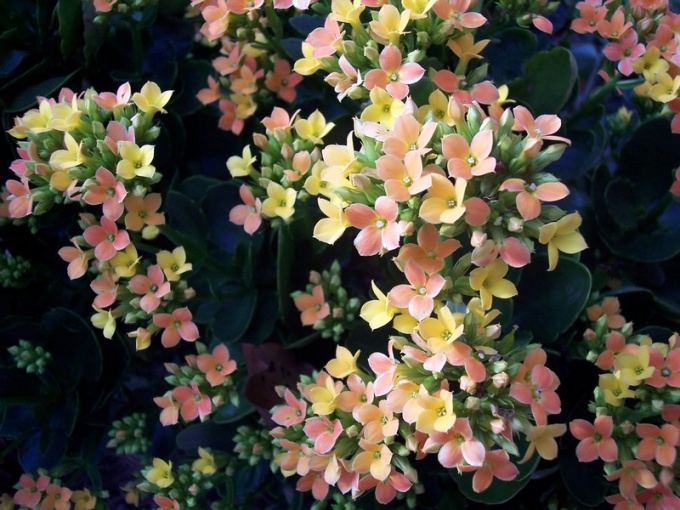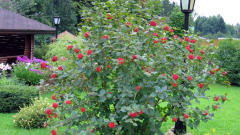You will need
- - pot;
- - soil mixture;
- - concrete block and clay crock for drainage;
- - water.
Instruction
1
Kalanchoe replant in the spring. The plant itself will show you that this is the time to do. The roots of the flower will appear through the drainage hole in the pot, the earth will be busier and poorer.
2
Prepare to transplant a pot slightly larger diameter, preferably of ceramic and unglazed. If you purchased a new pot, then hold on to it for a couple of hours in the water. This will allow to remove from the pores of the clay, the gases trapped there during firing. If the pot is used, then rinse it with hot water and soap, and then soak for 2-3 hours in a pink solution of potassium permanganate.
3
Prepare a fresh mixture of soil: turf ground, ground sheet and sand in a ratio of 4:2:1. In stores you can purchase ready-made soil for succulents. You will also need shard shard laying on the bottom of the pot and a little stone.
4
Kalanchoe before transplanting liberally pour. Carefully remove the flower from the old pot. Lightly shake off old earth. All broken or excessively twisted roots prune. If the plant is too large, then shake the ground you should not. You can just cross the flower with the old ball of soil in the new pot.
5
For Kalanchoe is very important to good drainage, so the bottom of the pot you need to put a few shards, then small stones, and expanded clay on top of sand. The thickness of the drainage layer should be at least a quarter of the height of the pot, because Kalanchoe cannot tolerate water stagnation. Prepared drainage layer fill the earth.
6
Carefully place the plant in a pot and add soil until it will not close the roots. The soil level should be a couple of inches below the rim of the pot. Pour the flower and add a ground if needed.
Note
It is undesirable to transplant Kalanchoe during flowering. Better just to postpone the change than to injure flowering plants.
Useful advice
If the plant is not feeling well after transplantation or weakened, then fed him a special fertilizer for succulents.




